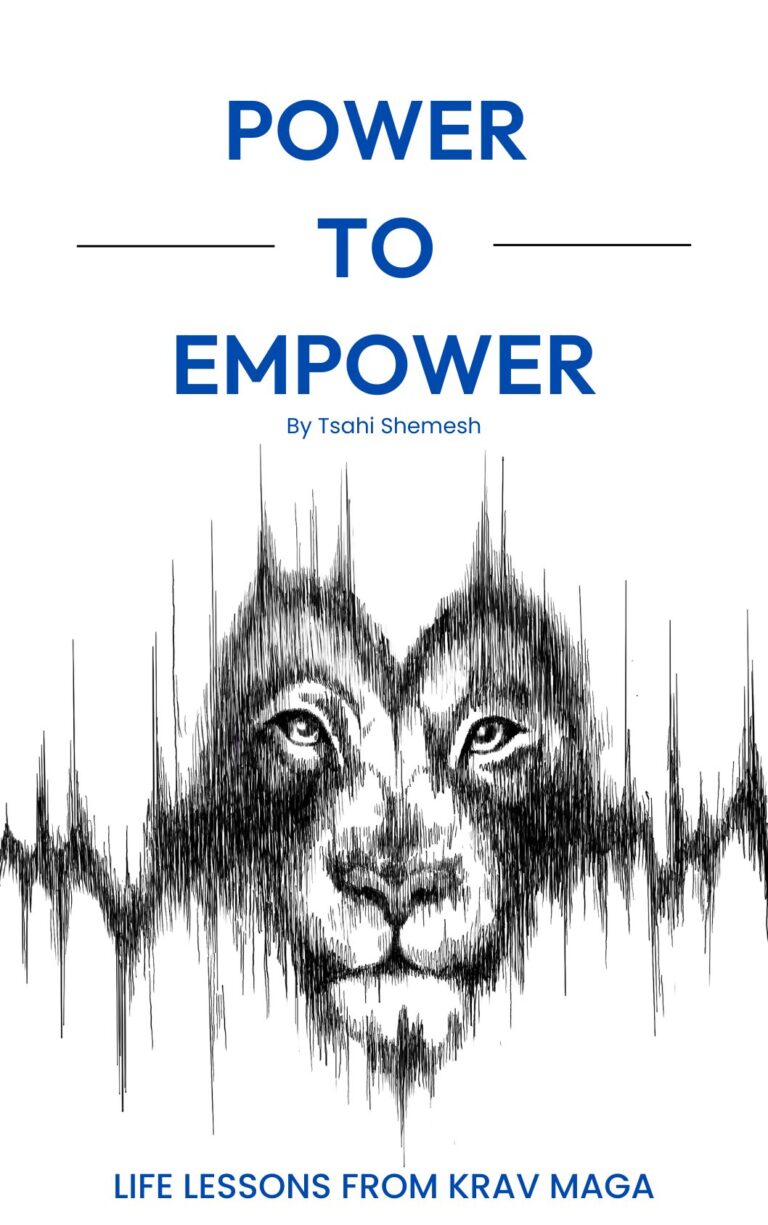Do you fear public speaking?
Fear of public speaking, also known as glossophobia, is one of the most common phobias in the world. It is estimated that about 75% of people experience some level of fear when speaking in public, and about 15% of people have a severe fear that interferes with their daily lives. This fear is so common that it is often referred to as “the number one fear.”
According to a survey by the National Institute of Mental Health, women are more likely than men to fear public speaking and most people who are shy or have low self-esteem are also more likely to be affected by this phobia.
There are a number of reasons why people fear public speaking. Some may have had negative experiences speaking in public in the past, such as being ridiculed or embarrassed. Others may have a fear of being judged or evaluated by others. Still, others may simply feel uncomfortable being the center of attention.
People who suffer from fear of public speaking typically experience a range of symptoms, such as::
- • Physical symptoms: Sweating, blushing, trembling, nausea, dizziness, and difficulty breathing.
- • Psychological symptoms: Anxiety, fear, panic, and a feeling of being overwhelmed.
- • Behavioral symptoms: Avoiding speaking in public, or giving presentations in a very anxious way.
Jerry Seinfeld said in one of his acts: “According to most studies, people’s number one fear is public speaking. Death is number two. Does that sound right? This means to the average person, if you go to a funeral, you’re better off in the casket than doing the eulogy.”
All jokes aside, and back to the real reason why I am writing today about public speaking:
I have news for you… You are talking with your body, whether you understand it or not.
Albert Mehrabian, a researcher who studied nonverbal communication, found that 55% of our communication is nonverbal, 38% is vocal, and only 7% is verbal. This means that the way we say something is just as important as what we say.
Nonverbal communication includes things like our facial expressions, posture, body language, eye contact, tone of voice, and even how fit our body is, which are all elements that convey a lot of information to our surroundings. We communicate our emotions, our level of interest, and our attitude toward the person we are communicating with. The communication, as we already established, doesn’t have to be a verbal conversation.
Here is one example: when someone is smiling and making eye contact with you, they are likely feeling positive and engaged in the conversation. However, on the other side of things, if someone is frowning and avoiding eye contact, they are likely feeling negative or disengaged.
Our nonverbal communication can also be used to send subtle messages. For example, if you are interested in someone, you might make eye contact with them and smile. If you are not interested in someone, you might avoid eye contact and look away.
There are also a number of studies that have looked at how convicts choose victims based on their body language. One of these studies I read, conducted by researchers at the University of California, Los Angeles, found that convicts were more likely to target victims who displayed signs of vulnerability, such as avoiding eye contact, fidgeting, or appearing anxious. This study also found that convicts were more likely to target victims who they felt they could easily control.
The conclusion of the study suggests that convicts may use body language as a way to assess potential victims and to identify those who are most likely to be easy targets. So, in other words, there is a science to how to reduce the chances of being a victim. Granted, we are not looking at immunity even if you are big and strong, and nothing about you conveys any signs of weakness.
You are what you practice. Whatever it is that you choose to project is what people will think you are. What you show others is what they can see, and they will make assumptions about you based on it.
To conclude, the studies mentioned above suggest that body language can be a valuable communication tool. I want you to remember that it is also a tool for self-defense. If you are aware of the signs that may make you a target, you can take steps to avoid becoming a victim. This includes making eye contact, standing up straight, and walking with purpose. When you are “aware of your surroundings,” don’t forget you are a part of the surroundings!
If you are suffering from glossophobia, my aim is not to amplify your fear. My aim is to remind you that you are already speaking publicly, even without saying a word. So make sure to control your message, and make it accurate. Being strong is not a given: it’s a choice. Even if your body isn’t strong yet, your mind can be. Big people are hiding in small bodies, so that’s not an excuse or permission not to try.
Do something amazing,
Tsahi Shemesh
Founder & CEO
Krav Maga Experts


1 comment